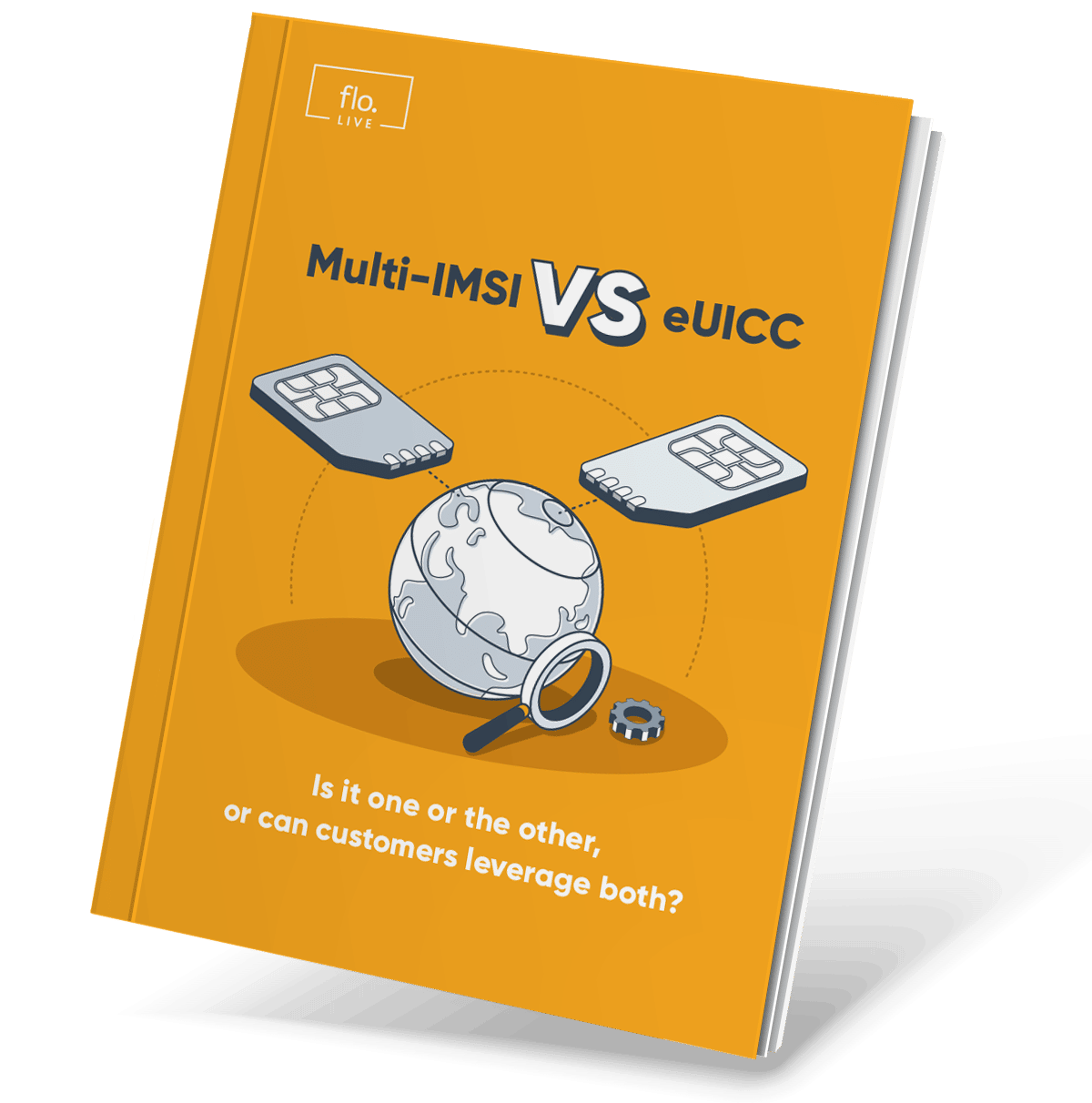PAGE CONTENTS
What is an eSIM?
eSIM is short for embedded SIM, and is a SIM card that is soldered directly into the device, and cannot be removed. Traditionally you’ll know that SIM cards come in many form factors such as mini SIMs, micro SIMs and nano SIMs. Devices have also adapted, offering solutions such as dual SIM and innovative data plans with Wi Fi solutions. All of these types need to be physically placed into a device, and can be removed if the customer would like to switch connectivity provider for example. Think about your mobile phone, and how you can easily be sent a new SIM card from a different operator if your current mobile operator isn’t cutting it in terms of performance, customer support or availability.
In contrast, instead of a physical SIM card, an eSIM cannot be taken out of the device, as it fits directly onto the circuit board.
Why Do Devices Need an eSIM?
There are a few reasons why a manufacturer might opt for eSIM technology, and where they prefer to opt for eSIM compatible technology where the eSIM is soldered into the device. You probably remember a time where you needed to take your SIM card out of a mobile device and blow on it to clear it of dust or dirt. With an eSIM, the SIM card is protected from any environmental hazards, and won’t get dirty in the same way as a traditional SIM. For a mobile device this could be a minor solution – but when you consider IoT devices that are left in the field for 3-5 years at a time, and are often in remote locations away from physical support – this becomes essential. Throw into the mix that a single company may have thousands or even hundreds of thousands of devices, and the knowledge that the SIMs are protected becomes a must-have element of your solution. eSIMs also tend to last longer than traditional SIMs; extending the lifespan of your devices.
In addition, eSIMs are significantly more lightweight than traditional SIM cards. This doesn’t matter so much for mobile phones that need to be a specific size to incorporate a consumer-friendly screen, but for IoT devices it gives enterprises a lot more flexibility.
What are the challenges of eSIMs?
The biggest challenge for using eSIMs is the vendor lock-in. Let’s say your device supports eSIM, and you opt for this technology. If your eSIM is unable to be removed, what happens when you want to switch mobile network vendors for connectivity, or make changes to your solution? To handle this issue, many enterprises are looking to innovative solutions that provision SIMs OTA (over-the-air) and can allow you to switch operators without changing the physical SIM itself. Remote SIM provisioning can be done in a number of ways, including by using an eUICC (Embedded Universal Integrated Circuit Card).
Interested in benefiting from eUICC technology for your IoT business case?
At floLIVE, we offer flexible solutions using both eSIM and eUICC technology to meet any connectivity need. Our goal for you is nothing less than truly global, always-on connectivity – and we offer a single vendor relationship to get you there. Ready to learn more about our multi-IMSI approach for cost-effective, lightweight connectivity? Let’s schedule a demo.








